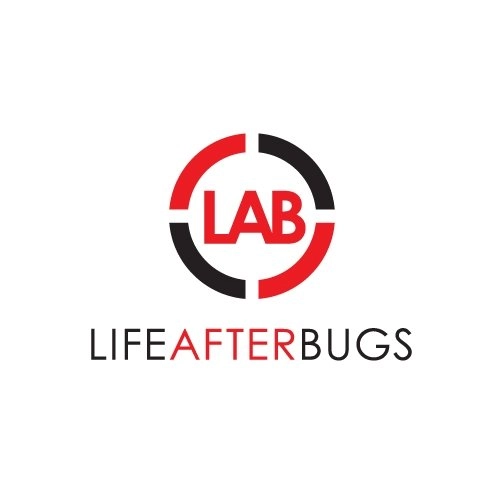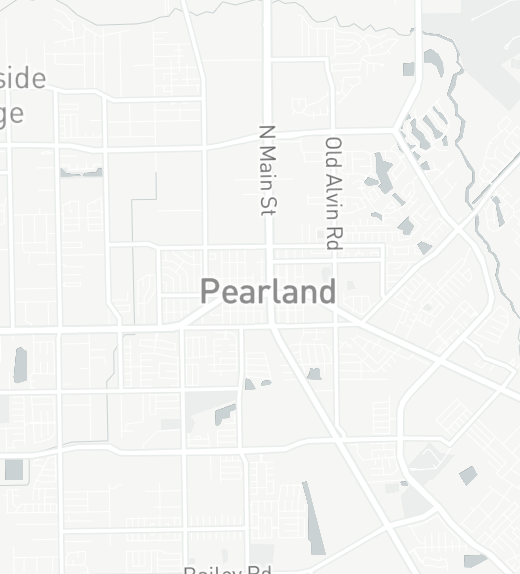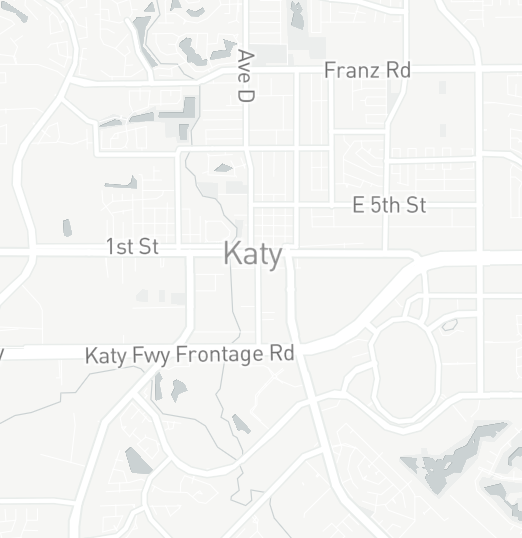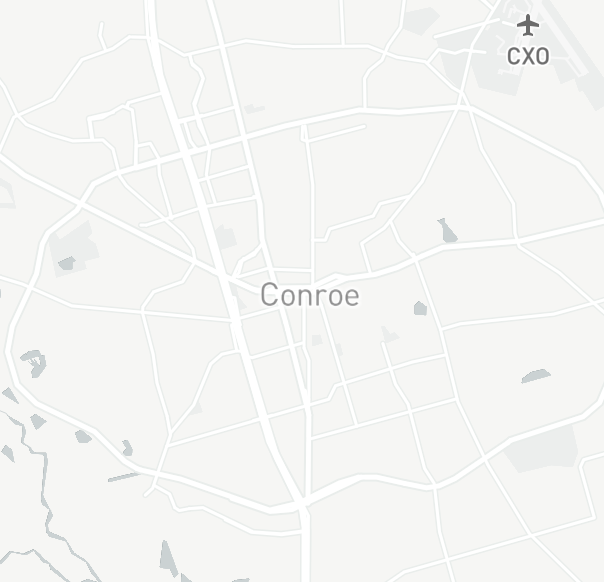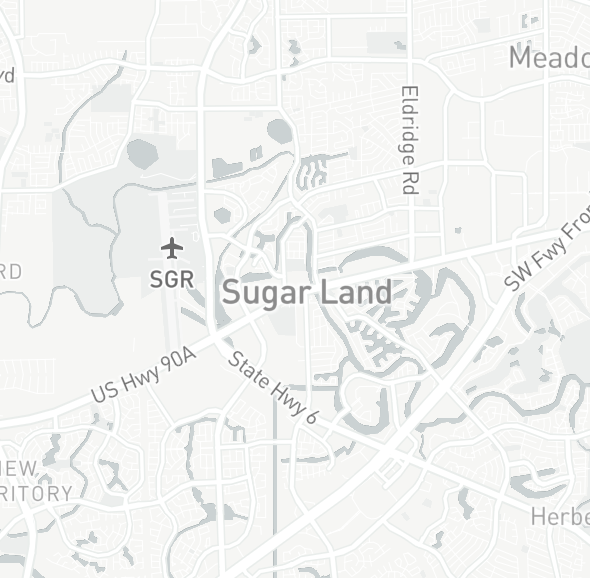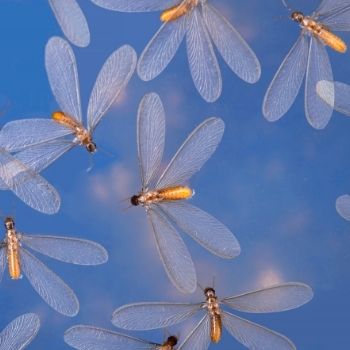If you’ve discovered termites in your home or swarming termites right now in early spring you need to act fast. Termites can cause thousands of dollars worth of damage in very little time, so you need to take action quickly to avoid a catastrophe. There are two basic options to consider for dealing with termites – bait traps and liquid barriers. Both have benefits and drawbacks worth considering as you make the right choice for your home. Work with your exterminator to determine which termite treatment option is best for you, your family, and your pets.
At Life After Bugs, we prefer to use the Sentricon® system to prevent termites and Recruit® termite bait to treat active infestations in Katy, Houston, & Richmond, Texas. Contact us to schedule a free termite inspection if you see swarms of termites flying around outside your house. Hint: they look like flying ants but they’re not. Spring is termite mating system, and they swarm to reproduce.
What is a Liquid Barrier?
A liquid barrier places termiticide in the soil around your home. This liquid material will kill termites that try to pass through the soil to get to your home, and it can last for many years. In fact, a liquid barrier has been the gold standard for treating termites for many years.
What are the Benefits and Drawbacks of the Liquid Barrier Method?
Liquid barriers are effective at killing termites and keeping them out of your home. This can be an excellent preventative measure to use in your fight against these pests. However, these barriers can’t do anything about an infestation that has already breached that barrier and entered the home. Also, they do not actively kill the colony. Only those termites that try to breach the barrier are affected.
Another drawback of liquid barriers is the way they are applied. Sometimes pest control companies that use liquid barrrier treatments have to bore holes and dig trenches around your home’s foundation to apply the liquid material. Over time, the barrier will weaken and the termites can start to get through again. That’s why we prefer bait traps for termite prevention and control. We don’t drill holes in your foundation or cause even more damage because we using a smarter, more effective treatment program.
What Is a Termite Bait Trap?
Our Certified Sentricon® Specialists™ use termite bait traps to prevent and kill termite colonies. The Sentricon® baits are a more effective alternative to liquid, and they are also a green pest control option you can feel good about. If you suspect you have an infestation, call your local pest control company to schedule a termite inspection to determine whether there’s an active infestation.
Once they find termite damage and pinpoint active colonies the technicians will put bait stations around the perimeter of your building. The bait is more attractive to termites than wood, causing them to take it as food back to the colony. The bait contains a poison that will kill the colony, including the queen, stopping them from hurting your home.
What are the Benefits and Drawbacks of Bait Traps?
Bait traps work by killing the colony, so it cannot continue to try to attack your home. This is more effective than a liquid barrier because it addresses the root cause of your termite problem. The main drawback is that the termites have to find and use the bait for it to work, and it can take some time to kill the entire colony. In the meantime, some termites will make their way to your home and continue damaging the structure.
Which Form Is Best?
The best defense against termites is a combination of liquid barriers and bait traps. The bait traps work to destroy the colony, while the liquid barrier will prevent new termites from reaching your home in the meantime. A pest control service can help you determine which methods or combination of methods to treat an infestation or install a bait system to prevent termites.
